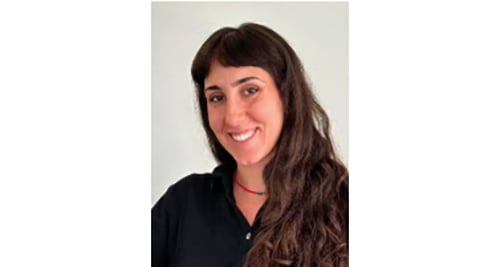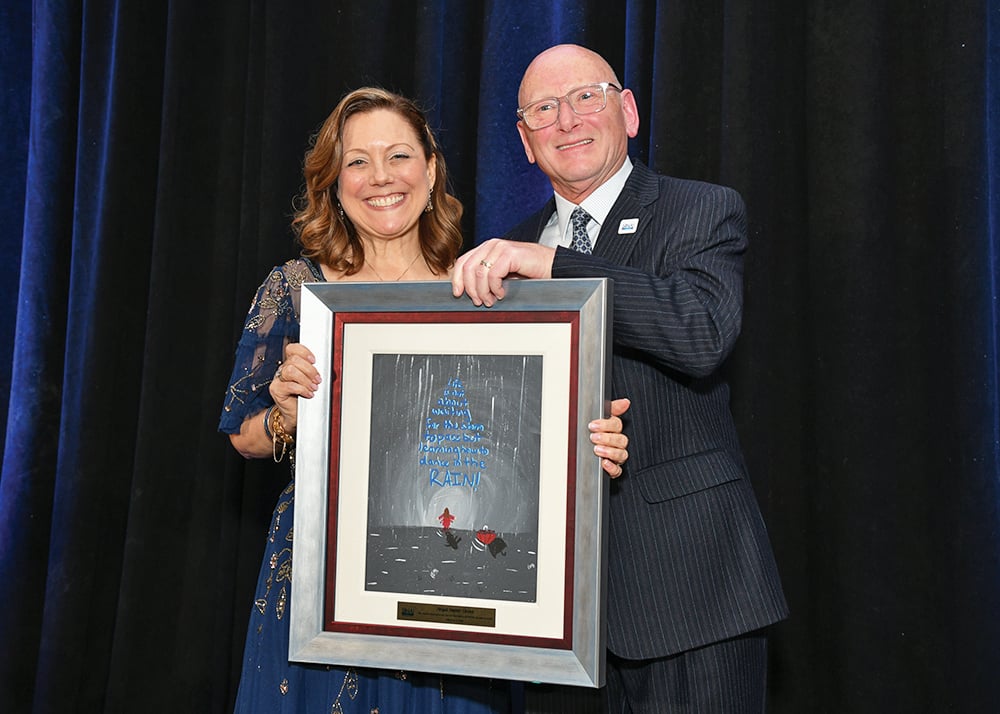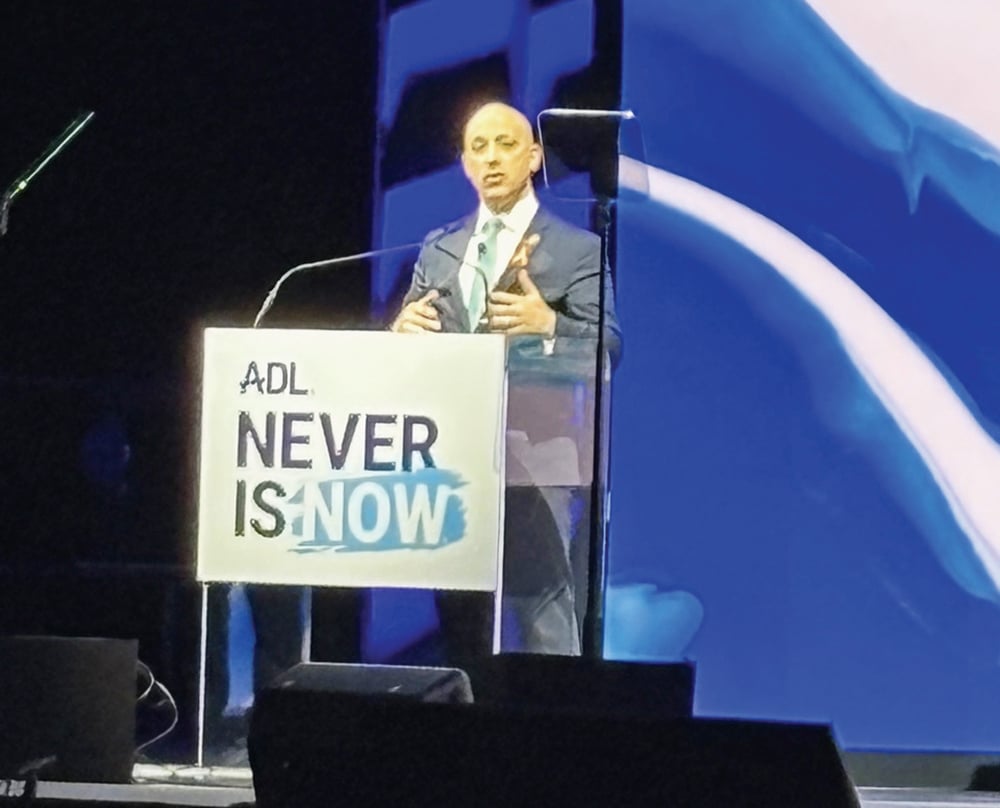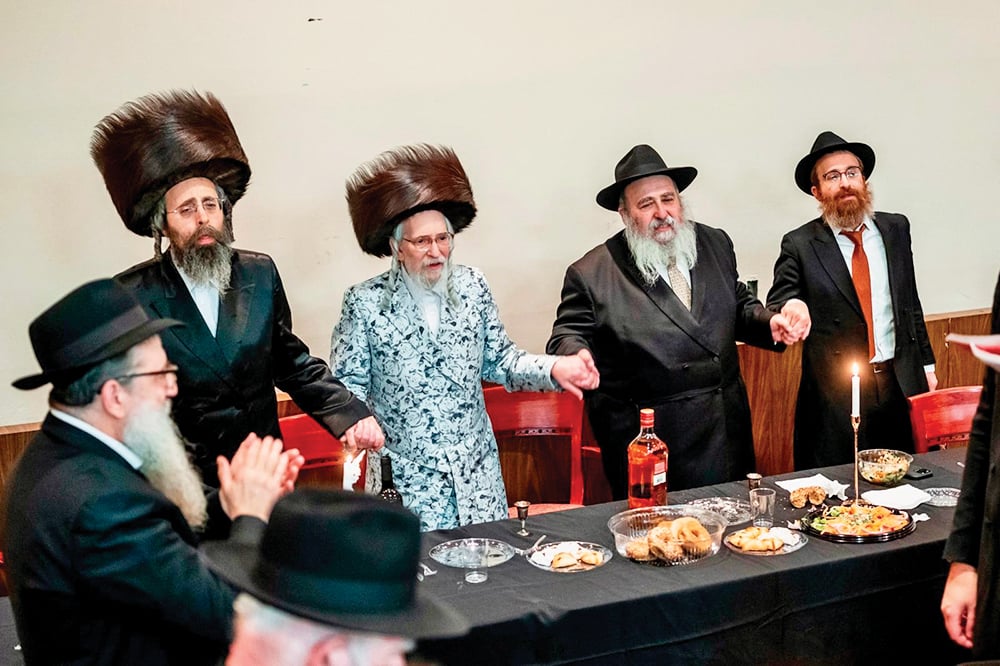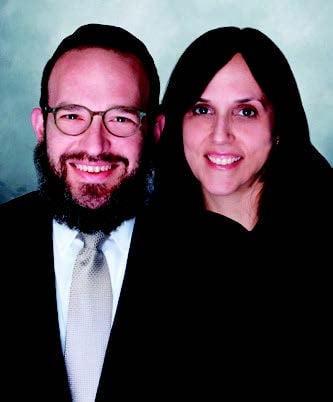By Rabbi Noach Goldstein
If we paused the battle the moment the Babylonian battering rams finally smashed the walls of Yerushalayim, I doubt a single enemy soldier would have dreamed that over 2,500 years later, the Jews would still fast over what had just happened. Now, it’s likely not a single Babylonian would believe that Jews would even exist 2500 years later. But here we are, and here we prepare to fast on Shiva Asar B’Tammuz. The sanctity and reverence that we hold for Yerushalayim is something the world still does not truly understand. But, at least, we should make sure that we understand it ourselves.
One place to start is with Tehillim 122, King David’s extraordinary celebration of our holy city. David’s theme is peace and unity. The climactic prayer for peace in Yerushalayim—״יהי שלום בחיליך וגו״—is now widely known from Shlomo Carlebach’s song. But the perek’s cornerstone is David’s description of Yerushalayim as the “עיר שחוברה לה יחדיו,” the city that is united together. The Malbim explains beautifully that Bnei Yisrael are like various limbs of a body, all of which are fused together by Yerushalayim. We face it when we daven; it was where we would all converge for aliyah la-regel; it was never divided among particular shevatim, and it resides squarely in the middle of Eretz Yisrael.
From its very origins, we find Yerushalayim as the city of unity. Yerushalayim arises three times in Sefer Bereshit; each time the theme of unity emerges. We begin in Parshat Lech Lecha right after the war between the four kings and the five kings. It’s the first war ever in the Chumash, with seven different battles followed by Avraham’s stunning victory.
Finally, the king of Sodom goes to meet Avraham, his ideological foe but military savior. Suddenly, out of nowhere, Malkitzedek the king of Shalem materializes on the scene bringing food and blessings. Naturally, the city of peace first appears at the moment when the endless war finally ends.
One parsha later, Avraham and Yitzchak travel toward Har HaMoriah, the future site of the Beit Hamikdash. Their journey exhibits unmatched unity: twice the Torah states “וילכו שניהם יחדיו,” the two of them went together, joint in mind and in purpose. Then one generation later, Yaakov Avinu stumbles across the same mountain (according to Rashi). In his dream of the ladder and its angels, Yaakov discovers that Har HaMoriah is the place that unites heaven and earth. Rashi even cites the classic midrash that the very stones that Yaakov placed around his head fused together into one.
That is the glorious legacy of Yerushalayim as the עיר שחוברה לה יחדיו. The city that unites all of Klal Yisrael, both with each other and with the Ribbono Shel Olam. As we prepare to mourn the destruction of that city so many years ago, let’s resolve to commit to the ideals of unity for which it has always stood, and God willing, merit to see its full redemption במהרה בימינו.
Rabbi Noach Goldstein is the rosh beit midrash of the YU Torah Mitzion Kollel of Chicago. He gives a daily shiur on the internet, teaching two mishnayot each time. He was a fellow in the Kollel Elyon at YU while serving as Assistant Rabbi at the Jewish Center in Manhattan. He earned semikha from RIETS, an master’s in Medieval Jewish History from the Bernard Revel Graduate School of Jewish Studies, and a bachelor’s from Yeshiva College. He has published a number of articles on Jewish law and edited several volumes of Talmudic scholarship, two of which as editor-in-chief. He and his wife Alexis, and their four children, live in West Rogers Park, Chicago.



